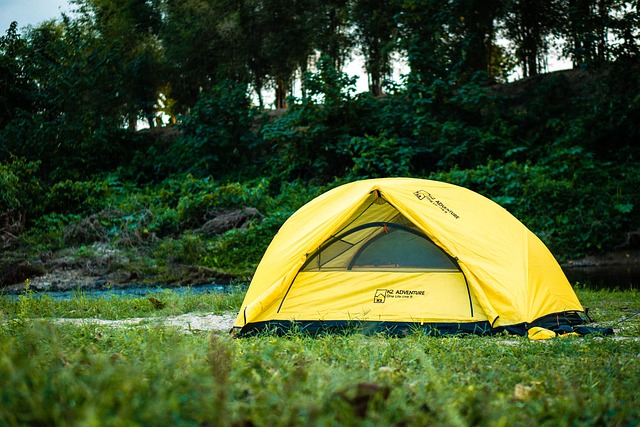Practical Guide to Camping: Tents, Glamping, and Outdoor Nature Tips
Camping can mean different things to different people: a weekend with a simple tent, a curated glamping stay with amenities, or a remote trek into quiet nature. This guide walks through practical choices for planning an outdoor trip, choosing shelter, staying safe, and making the most of your time away from everyday routines. Whether you aim for rustic simplicity or a more comfortable outdoor experience, these tips aim to clarify options and expectations.

What is camping and who is it for?
Camping refers to staying overnight away from permanent structures, typically in a tent, camper, or cabin, with varying levels of comfort and preparedness. Many people camp to disconnect, enjoy recreation like hiking or fishing, or to teach outdoor skills to family. Camping can be adapted for solo trips, couples, families, or groups; the level of planning depends on goals, fitness, and desired access to utilities. Local services such as campgrounds and park information can help beginners find sites with necessary facilities and rules.
How does glamping differ from traditional camping?
Glamping blends “glamour” and “camping,” offering a more comfortable way to experience the outdoors without forgoing many amenities. Typical glamping accommodations include furnished tents, yurts, tiny cabins, or eco-pods with beds, electricity, and sometimes private bathrooms. Glamping reduces the need for heavy gear and extensive setup, making it attractive for people who want nature access but prefer convenience. It often costs more than basic campsite fees, and availability varies widely by region, so checking local services in your area is useful when planning.
How to choose a tent for your trip
Selecting a tent starts with capacity, season rating, and ease of setup. Capacity indicates how many people the tent can sleep, but for comfort include extra room for gear. Season ratings (two-season, three-season, four-season) reflect intended weather: most summer trips use three-season tents; winter or alpine conditions require four-season designs. Consider weight if you’ll carry the tent on backpacking trips: ultralight models trade durability for low mass. Look for features like rainfly coverage, vestibules for gear, ventilation to reduce condensation, and simple pole systems that match your skill level and trip type.
How to connect with nature during a camping trip
A deliberate approach helps deepen the nature experience: plan a mix of active and quiet time, explore local trails, observe wildlife from a respectful distance, and practice sensory-awareness exercises like morning listening or star observation at night. Leave room in your itinerary for unexpected discoveries rather than a packed schedule. Bring field guides or a plant identification app to learn about local flora and fauna. Observing Leave No Trace principles—pack out trash, minimize campfire impacts, and stick to trails—helps preserve natural areas for others and supports a more meaningful connection to the environment.
Outdoor safety and practical tips
Safety planning reduces risk and makes outdoor time more enjoyable. Always check weather forecasts and learn how to interpret changing conditions. Carry a basic first-aid kit, a reliable light source, and navigation tools (map, compass, or a charged GPS device). Inform someone of your route and expected return, especially for remote trips. Practice fire safety where campfires are permitted: use established fire rings, keep water nearby, and fully extinguish flames. Be mindful of local wildlife guidelines—store food properly and follow campground rules. Hydration and sun protection are simple, effective precautions for most trips.
Planning, permits, and local services in your area
Before you go, research permit requirements, campsite reservation systems, and any seasonal restrictions for the area you plan to visit. Many parks require reservations for popular sites, and some areas restrict camping to designated spots. Local services can include gear rental, guided outings, shuttle transport for trailheads, and visitor centers with up-to-date conditions. If you lack gear, rental options let you try different setups—like sleeping in a tent vs. choosing a glamping unit—without major investment. Consult official park websites or local outdoor organizations for accurate, current information.
Conclusion
Camping offers a flexible way to experience the outdoors, ranging from minimalist tent camping to more comfortable glamping setups. Clear planning—selecting the right shelter, preparing for safety, understanding local rules, and respecting nature—can help create rewarding outdoor experiences. By matching your equipment and expectations to the type of trip you want, you can enjoy time outside while minimizing stress and impact on the environment.






